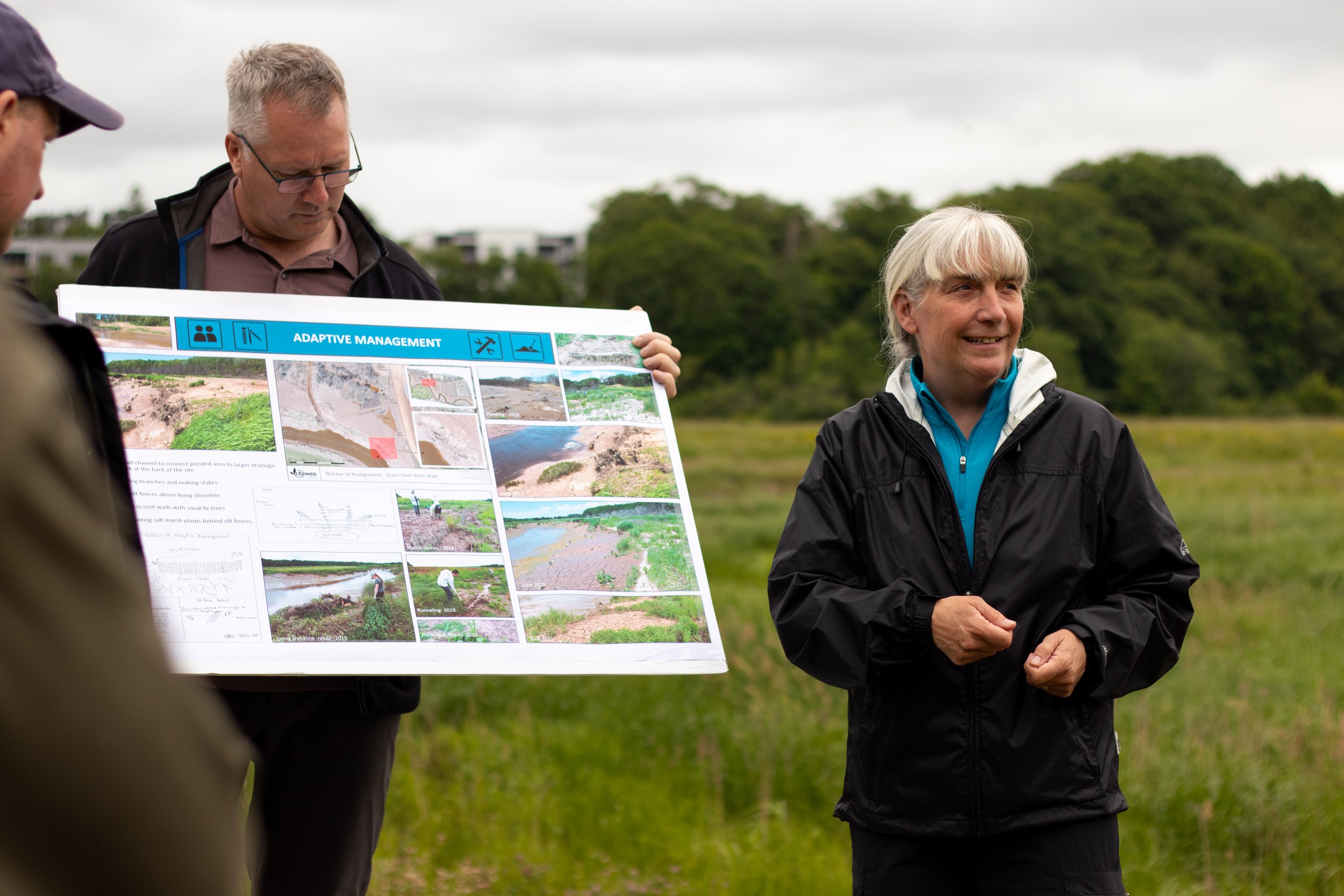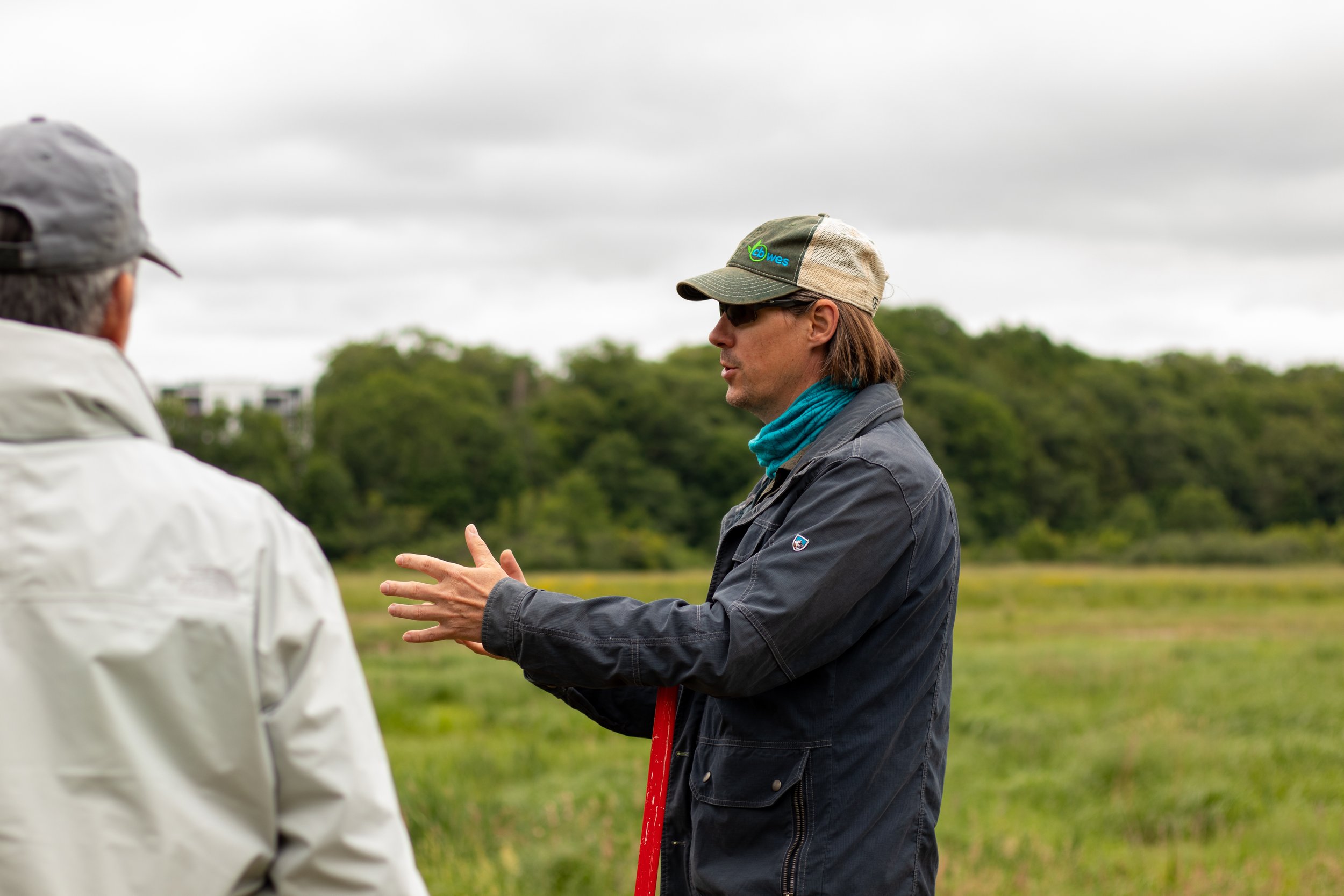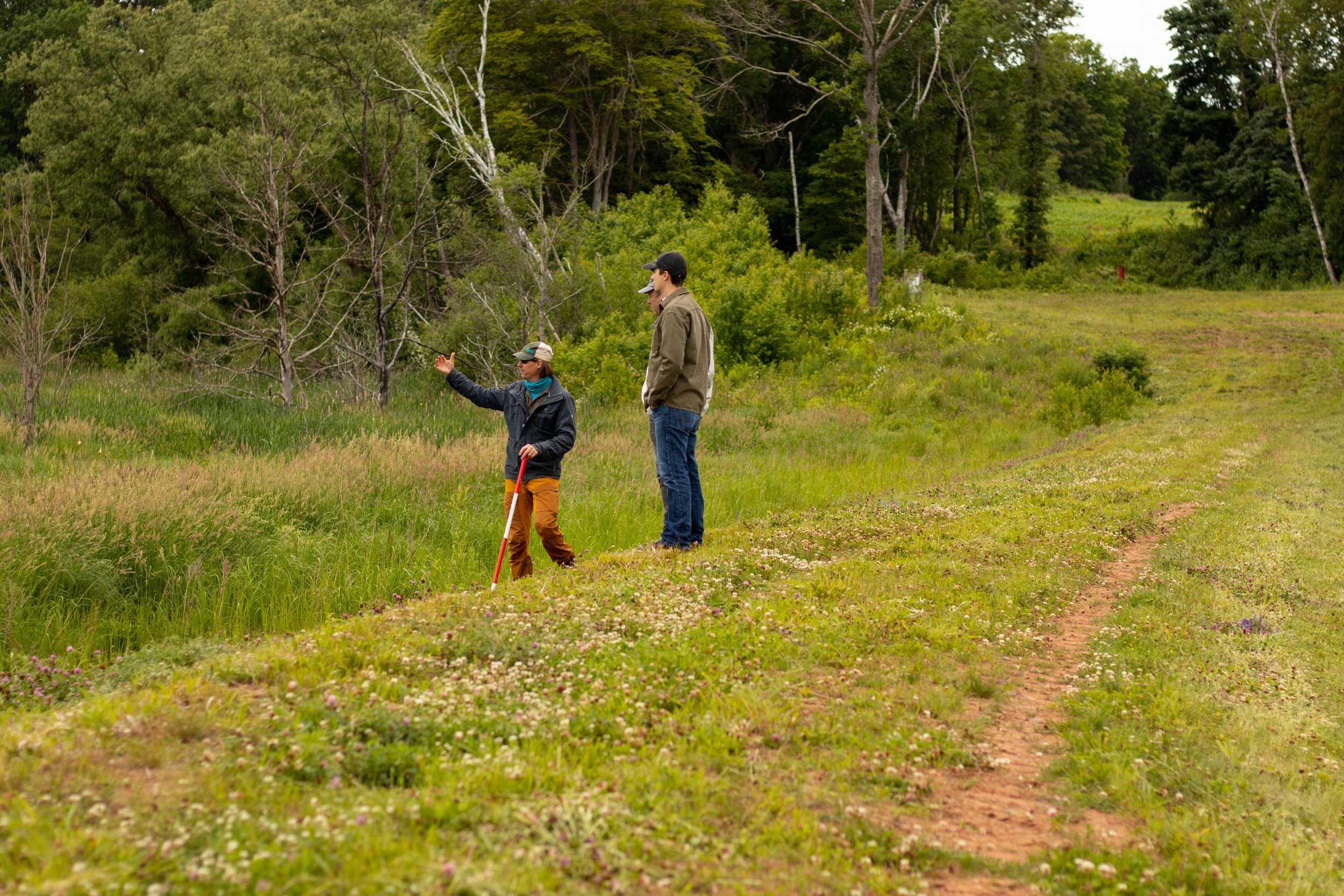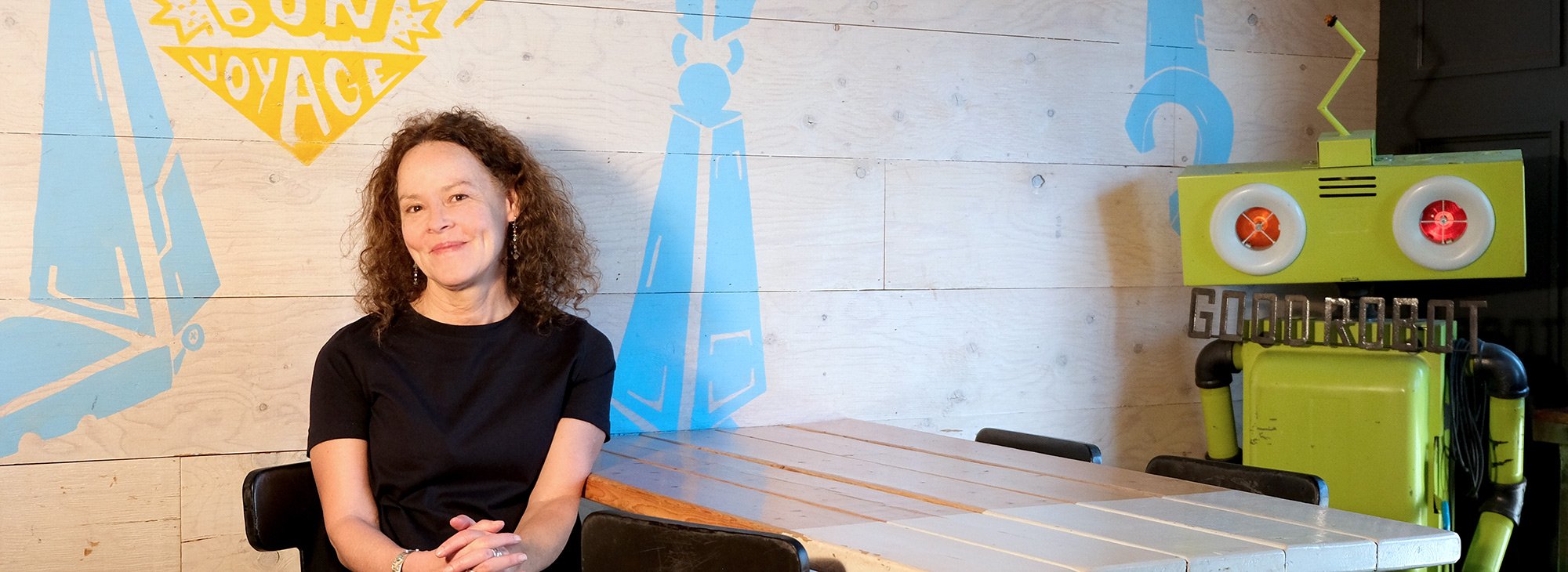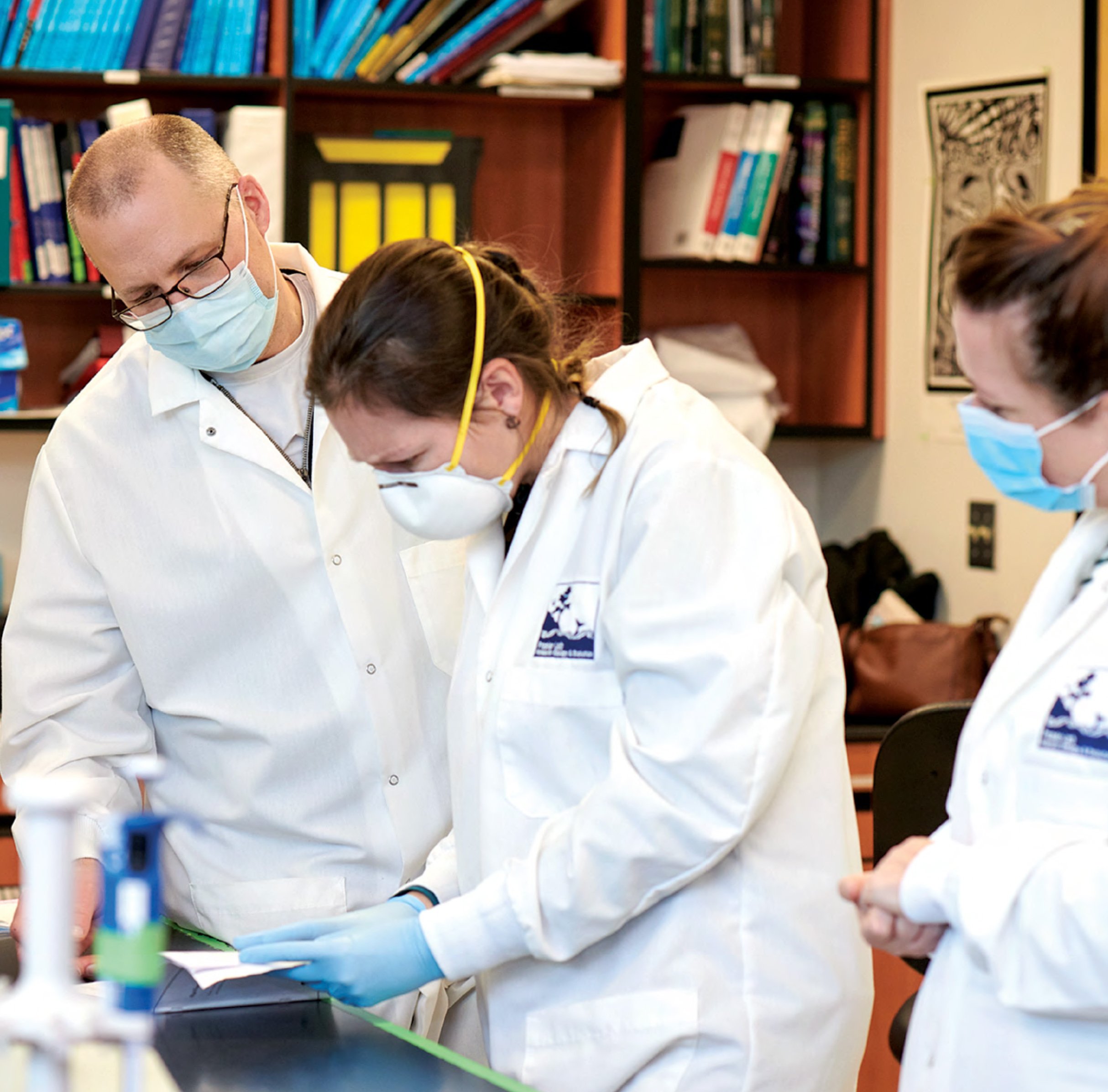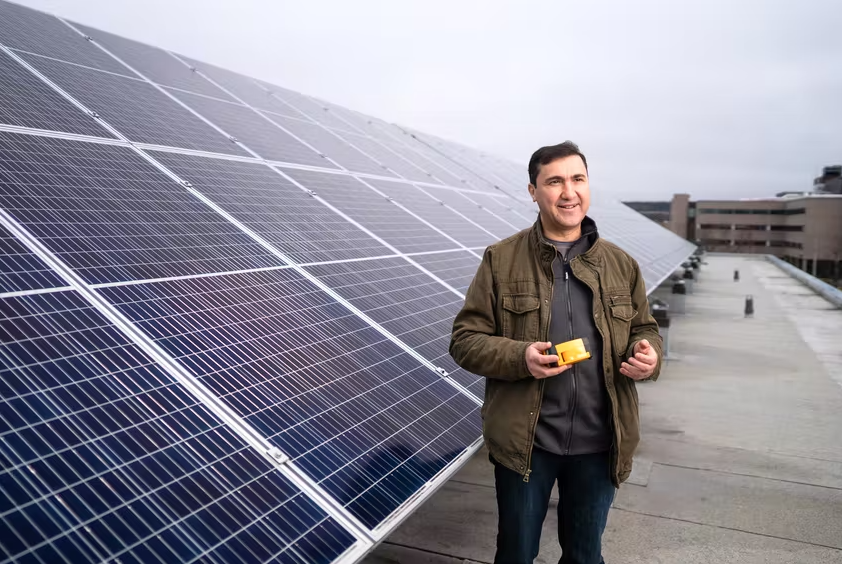“I have been deeply privileged to work with the many Elders, Mi’kmaw scholars, leaders, and community members who have contributed their time and knowledge to making the Ta’n Weji-sqalia’tiek website and digital atlas happen,” says Dr. Sable. “Hearing the voices of Mi’kmaq who lived throughout Mi’kma’ki wakes me up to the deeply rooted and powerful reality of their relationship to this landscape.”
“I am grateful for their generosity in sharing their personal histories and knowledge, much of which has been invisible in the rendering of history,” recounts Dr. Sable. “The student researchers inspired me as they learned to research the place names and hear the Elders' stories and then carry this knowledge forward in the new roles they take on in their lives. I feel confident that the website will continue to expand and educate many people in new perspectives and ways of knowing the landscapes we all inhabit.”
A core component of the project has been to ensure the capacity building of Mi'kmaw youth. Since 2010, the project has offered numerous research positions for Mi'kmaw youth and student researchers to learn from Elders, and Mi’kmaw scholars and leaders. In these positions, the students have been trained in map interviewing and protocol, video editing, database set-up and entry, language training, and conducting archival research.
“During my Atlantic Canadian Studies MA degree at Saint Mary’s University, I was hired to work as a research assistant for the Ta’n Weji-sqalia’tiek: Mi’kmaw Place Names Project. It was an experience I thoroughly enjoyed,” says Raymond Sewell, previously a student researcher for the project, now an assistant professor at Saint Mary’s.
“Dr. Trudy Sable, Dr. Bernie Francis, and Roger Lewis taught me valuable research skills. I worked with other students on this project that I now count as friends, each of us working in different fields. We all shared a fulfilling work experience. We were able to meet and interview L’nu Elders, travel to various sites, have canoe excursions, and work with various organizations like the Nova Scotia Museum,” recounts Mr. Sewell. “I had a great time learning place-name etymology. I was responsible for entering different orthographies into the database, and that engagement with my language was an excellent experience. I am now an English professor, and I use the website in my class to teach students the importance of land and language.”
Both the website and digital atlas have become integral to developing educational programming, enhancing Mi'kmaw tourism, and promoting cultural awareness about the Mi'kmaq.
“The Ta’n Weji-sqalia’tiek digital atlas and website is an essential resource for our work in archaeological and cultural landscape studies,” says Dr. Jonathon Fowler, archaeologist and professor in the Anthropology department at Saint Mary’s. “I use it regularly in my research and teaching, and, truth be told, it is so interesting I often explore it just for fun. It contains incredible insights and not a few surprises.”
Since 2015, the Mi’kmawey Debert Cultural Centre has taken on the responsibility of stewarding and caring for the data, which is safely stored at the Membertou Datacentre, and overseeing the transfer of the project from SMU to the Nation. With help from Membertou Geomatics, the web-based map has undergone a functionality refresh making it easier for users to explore the significant history of the Mi’kmaq and the unique landscape of Mi’kma’ki.
“Our engagement within our Mi’kmaw communities in 2007-08 was extensive and at that time we were told, very clearly, to go deep and dig down and collect this vast but quickly disappearing knowledge from this generation of Elders that still carry the language and still hold the knowledge,” says Mr. Bernard. “We’re very fortunate to have built this relationship with SMU and Dr. Sable. They understood that the information and data needed to be protected and retained by the Nation, for the Nation.”
Initiated in 2008 by the Mi'kmaq - Nova Scotia - Canada Tripartite Forum, Culture and Heritage Committee, the project grew to include numerous other partners and funders. There has been close to $1M invested to protect and share this data through the creation of the Ta’n Weji-sqalia’tiek website and digital atlas.
To learn more about this ongoing project and explore the new look and feel of the map and site, visit Ta’n Weji-sqalia’tiek Mi’kmaw Place Names Digital Atlas.


